
Canines go about 3 to 5 times a day or every 6 to 8 hours.
A common questions that most dog owners have is, “How long can a dog go without peeing?” Unfortunately, our human schedules often keep us away from home and our
pets for over eight hours a day. Even if we’re working or traveling with our dogs, we need to be
aware of when our canine companions need a potty break. It’s also essential to be able to spot some of the signs that indicate potential health issues if your dog seems to pee more or less frequently than usual. Assuming that your dog is on a healthy diet and drinking enough water, do you know if your dog’s peeing frequency is average or irregular? Read on to find out.
How Often Should a Dog Pee?
Typically, healthy, adult dogs pee about three to five times a day or every six to eight hours. Most Vets recommend taking your dog out to pee every six to eight hours to keep indoor ‘accidents’ from happening. However, several factors could affect a dog’s peeing habits. Your dog’s size, breed, age, and what your dog eats and drinks are some of the things that will determine your dog’s peeing frequency.
Puppies tend to pee more often than full-grown dogs. This is because they have smaller urinary bladders that can only hold lesser amounts of urine. When potty training your puppy, a good way to calculate when she needs to go out is age in months plus one. For example, a 3-month-old puppy should have a potty break about every 4 hours to help prevent home mishaps. Conversely, senior dogs might also have to pee more often due to age (just like humans!) and some health conditions that affect older dogs.
Then there are the athletes – those high-energy dogs who are often running, playing, and constantly on the move. These Olympians of play can go about ten to twelve hours with no discomfort or even the urge to pee. The bottom line is that just like humans, every dog is unique, even in their urination needs. Even obesity can affect our dogs’ frequency…not unlike our own.
Exactly How Long Can a Dog Go Without Peeing?
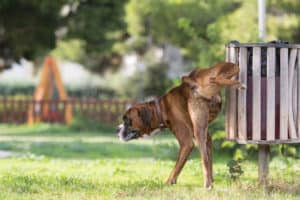
Forcing some dogs to hold it may lead to bladder or kidney problems.
If you’re unable to let your dog out to pee after every six to eight hours, then you’ll be glad to know that dogs may be able to hold their pee for up to ten to fifteen hours. However, forcing some dogs to hold their pee may lead to serious bladder or kidney problems like urinary tract infections or urinary stones. Although well-trained canines may be able to hold their pee for extended periods, it does not mean that they should. Holding urine for such extended time periods can be uncomfortable for your dog and could be detrimental to their health.
Signs that your Dog Needs to Urinate
Signs that it’s time for your pup’s potty break may include one or more of the following:
- Scratching at the door
- Exhibits restless behavior
- Whining
- Circling
- Squatting
- Stressful barking
- Unnecessary stretching
- Unusual impatience
What Causes Dogs to Urinate Frequently?
Several factors could cause a dog to urinate more frequently. For instance, fear or sudden excitement may cause a dog to urinate suddenly. If this is the case with your dog, consider taking him/her to a vet as this may be a simple health issue or a sign of behavioral problems. Health-related problems that could cause a dog to urinate more frequently include:
- Kidney failure
- Polyuria and Pollakiuria
- Liver disease
- Lack of steroid hormone production
- Diabetes
- Tumors
- Age
- Side effects of medication
- Overproduction of steroid hormones
- Electrolyte imbalance
- Behavioral or psychological problems
- Side effects of some drugs
- Hormonal disorders
- Obesity
Should I Be Concerned If My Dog Pees Less Frequently than Normal?
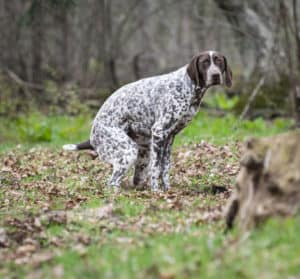
Urinating less frequently could simply be dehydration or severe health issues.
Yes! If your pup is peeing less frequently than usual, he could be simply dehydrated, or there could be moderate to severe health issues. Once hydrated, if this unusual behavior of infrequent peeing continues, or your dog frequently goes without peeing for more than half a day, consider scheduling an immediate appointment with your vet. It’s the are-old adage, “better safe than sorry.” He’s your best friend and relies 100% on YOU for his health!
Options
If you have no choice but to leave your furry friend for more than eight hours a day, don’t fret, you have options:
Pee Pads
Pee Pads are most helpful for puppies, smaller dogs, and crate-trained dogs.
Dog Walker
Professional dog sitters who will come in to stay with your dog around the clock or periodically throughout the day and/or night. They will make sure that Fido is properly walked, fed, hydrated, and exercised. They will also provide plenty of playtime to prevent potential destructive behavior caused by stress, separation anxiety, or simple boredom.
Doggy Daycare
This service is exactly what the name states – daycare for dogs. Some people prefer taking their pups to daycare rather than having strangers come into their homes. This choice also provides an opportunity for your dog to socialize with other dogs, while being supervised by professionals. They’re provided with all their daily needs, along with lots of exercise and fun, fun, fun! To explore the possibilities of doggy day care, the American Kennel Club offers some great suggestions. This includes and information on how to choose the perfect doggy daycare.
Doggy Door
This option, just like the others, has its own set of pros and cons. Doggy doors can be easily installed just about anywhere and they come in all shapes, sizes, and styles. They not only provide your pet with the freedom to go outside whenever they please. But, but they may also provide the perfect escape for your pooch in case of an emergency, such as a fire. On the other hand, you need to have a safe, enclosed yard for this option. You also need to be aware of any dangers to your dog such as local wildlife, poisonous plants, fleas, and ticks. This option may not be a viable choice if your dog has any behavioral issues such as eating anything he comes across. That may include and everything including those tasty rocks and sticks!
When all else fails, there’s always Grandma and Grandpa! Or a friend or a neighbor.
How Long Can Dogs Go Without Peeing — Summary
In summary, although an adult dog can go for a maximum of ten to fifteen hours without urinating, it’s preferable that you allow them to relieve themselves every six to eight hours. This applies to most dogs, excluding young pups (who need more bathroom breaks) and your senior dog who needs a bit more TLC in this area. Whether your pup is a little dog or exceptionally large dog, the same rules apply.
If you enjoyed this article, you can learn more about taking care of other small pets by reading more of our informative blogs; such as goat care. Or if you have ever wondered about something more frivolous, consider something like tips keeping your pup cool during the summer or, more seriously, what if my dog eats a bee. Or want to check out other dog blogs? we have many interesting topics!
Keep trotting back to us for tips to you keep your dog’s tail wagging with wellness and for any skin calamity or infection reach for your bottle of Banixx Pet Care. You don’t have one? click here to find out where to buy Yours. It’s the most trusted, canine-friendly antiseptic solution on the market.
Share this Post
Featured Post
Recent Posts
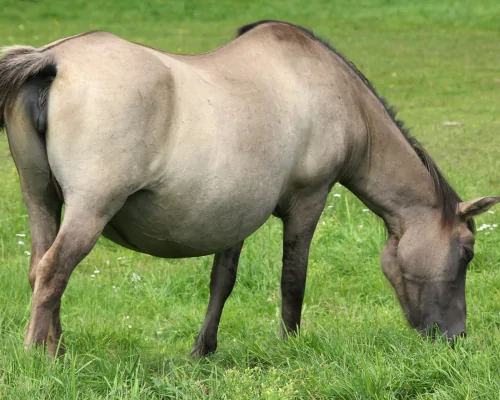
Managing the Mamas –Part 2 –The development process
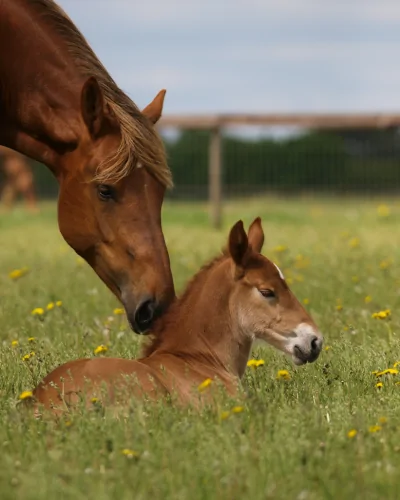
Managing the Mamas: Part 1 – Preparing to Breed Your Mare

HOW MANY TOES?? Caring for the Polydactyl Cat
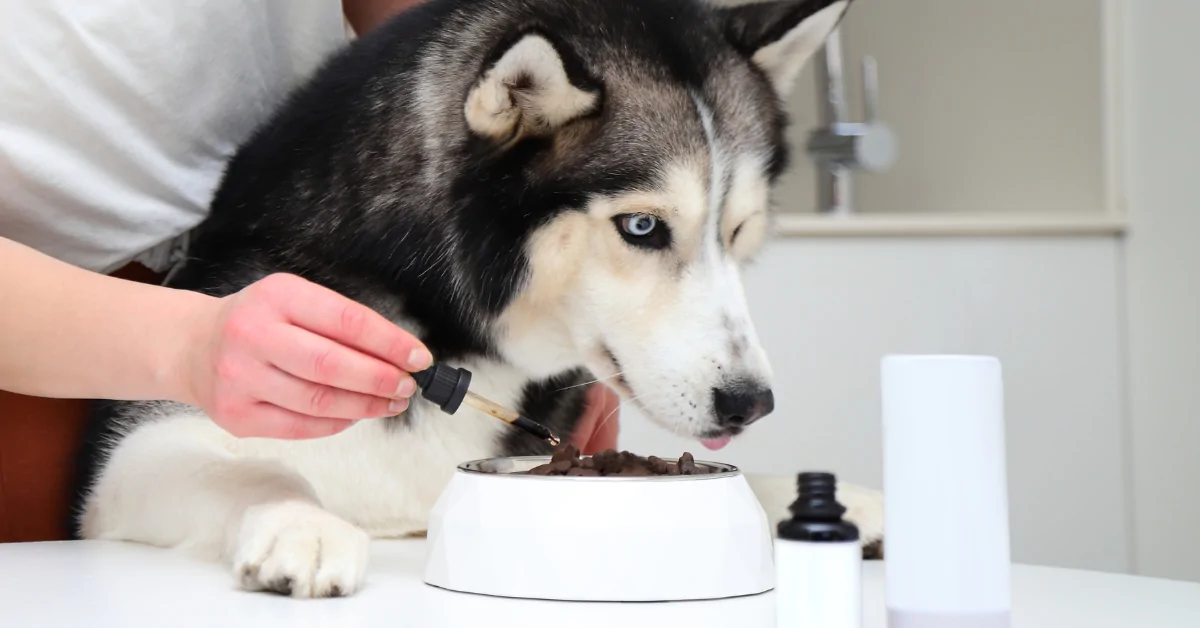
Do Dog Joint Supplements Actually Work?
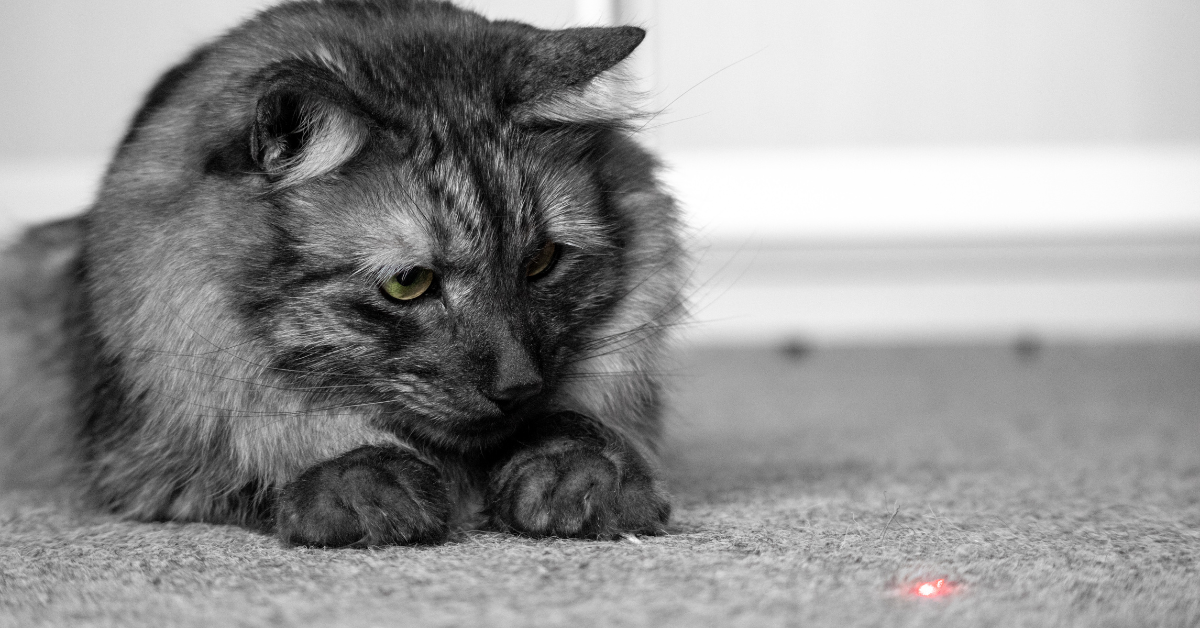
Are Laser Pointers Bad for Cats? or, are they Purr-e Fun?



